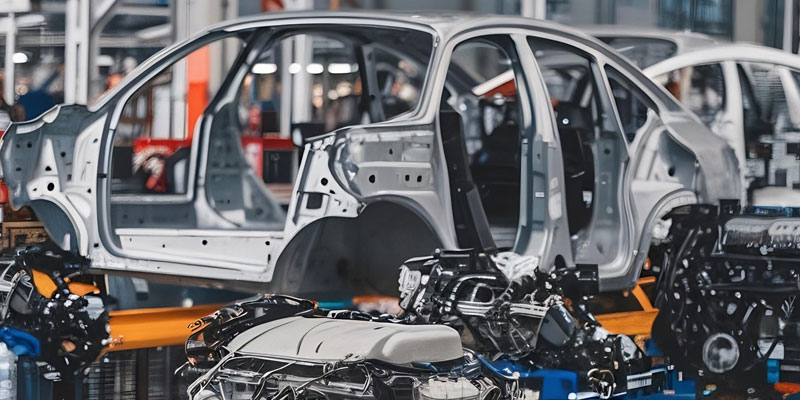Schedule a Call Back
“The Indian HVAC market is projected to reach $29.4 billion by 2030”
 Articles
Articles- Aug 26,24
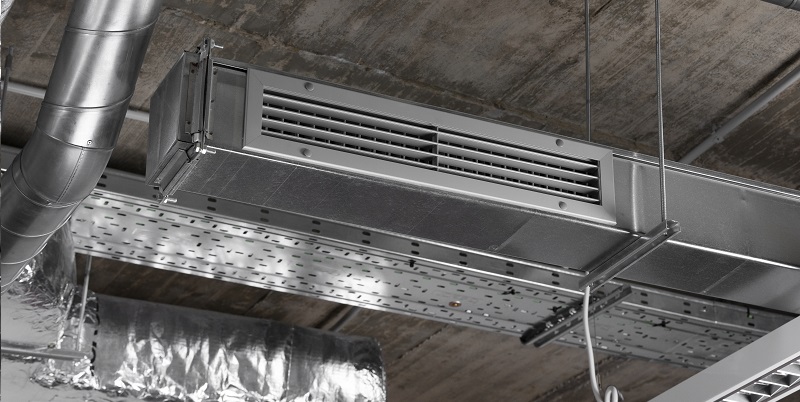
Related Stories

MAHLE India to double business in 4–6 years: Milind Godbole
MAHLE India to double business in 4–6 years: Milind Godbole
Read more
MIT-WPU Patents Passive Hybrid EV Battery Cooling System
MIT-WPU researchers have patented a fully passive hybrid cooling system for EV batteries, improving thermal safety, reliability and performance under India’s high-temperature conditions
Read more
MIT-WPU Develops Patented Passive Hybrid Cooling System for EV Batteries
The integration of a custom-engineered nanofluid, enhanced with thermally conductive nanoparticles and low-boiling-point liquids, enables rapid heat extraction from battery hotspots.
Read moreRelated Products
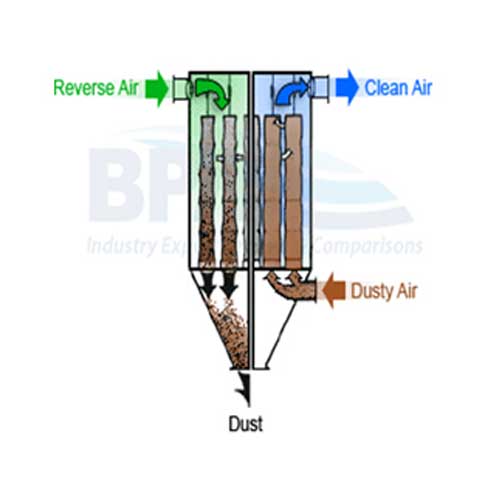
Reverse Air Bag House
ABR Enviro Systems offers a wide range of reverse air bag house.
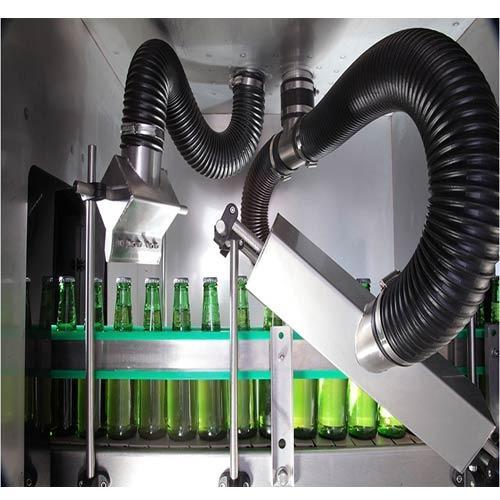
High Quality Air Knife System
Superchillers offers high quality air knife system. Read more
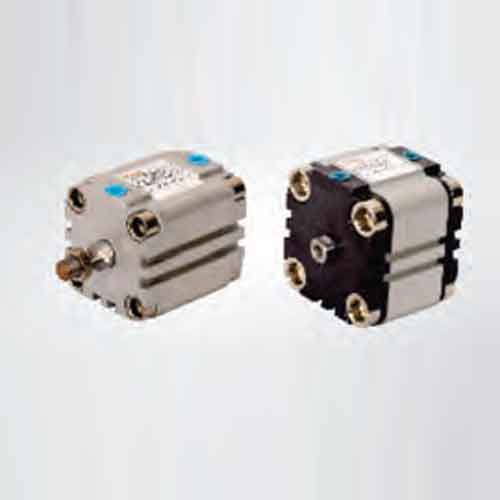
Compact Cylinders -Vadvu Series
Vijay Air Control offers a wide range of compact cylinders -Vadvu Series





